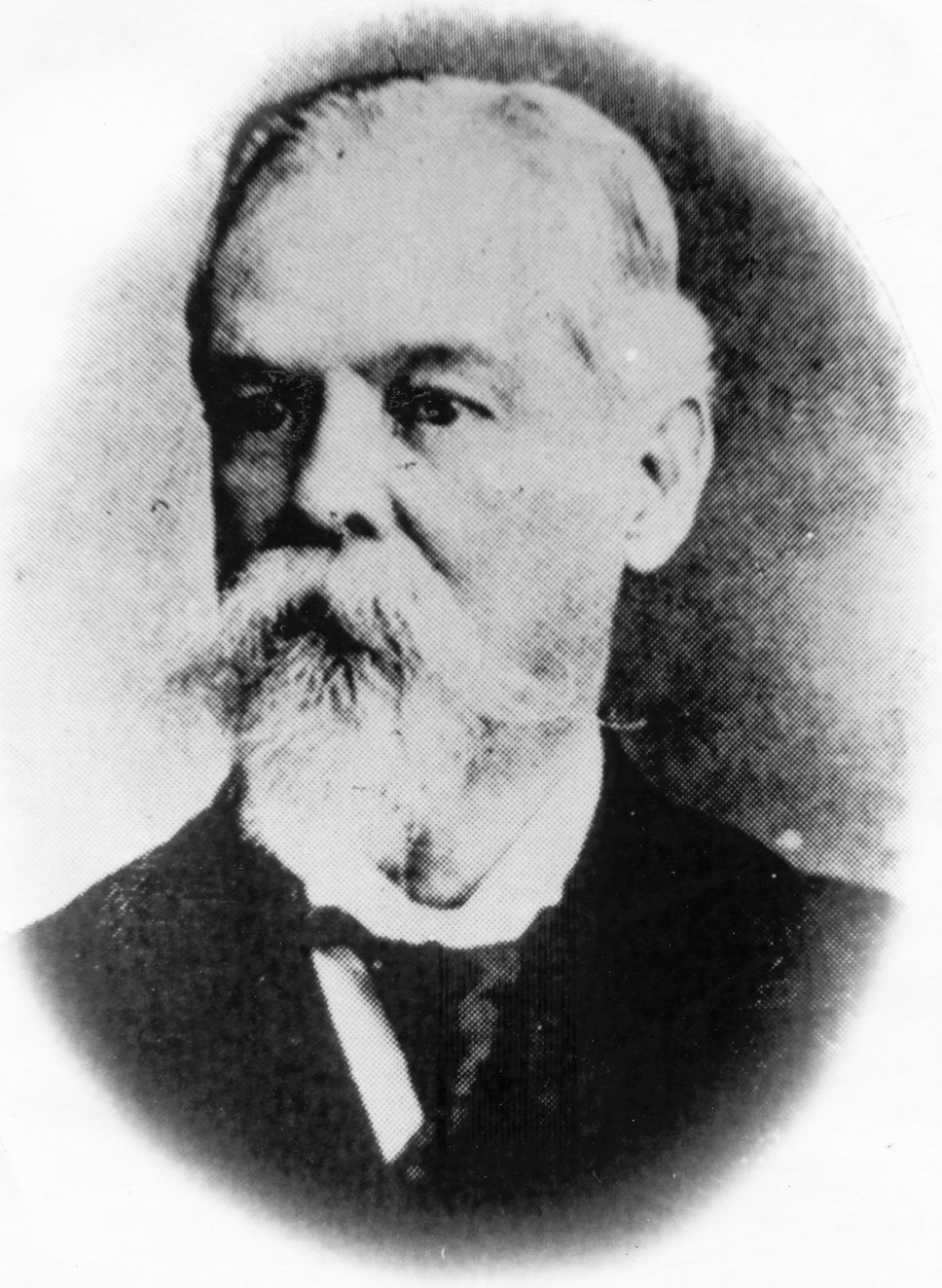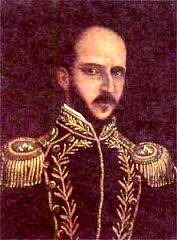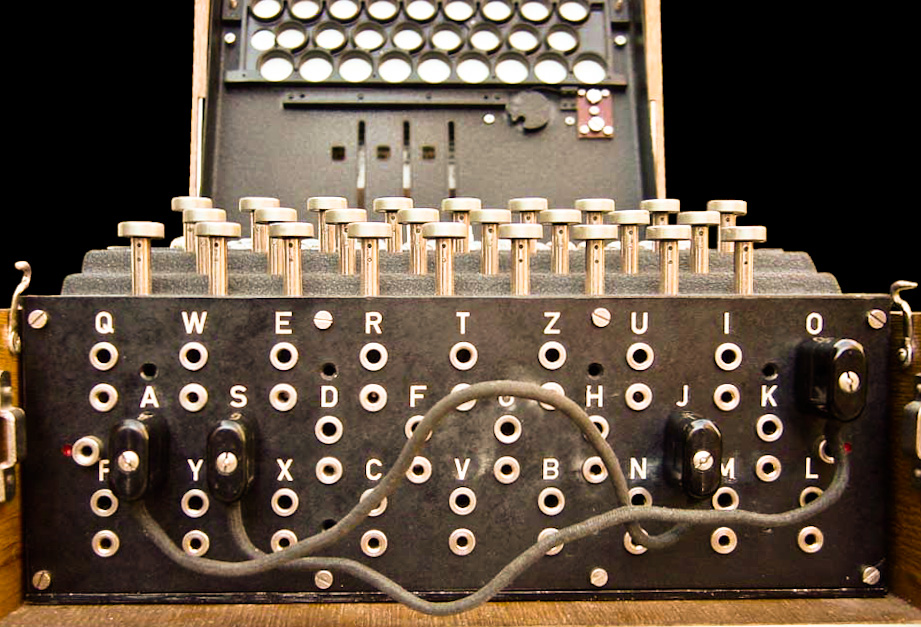|
Tomás Arias
Tomás Arias Ávila (December 29, 1856 in Panama City, Republic of New Granada – July 20, 1932 in Panama City, Panama) was a Panamanian politician and businessman who was, together with José Agustín Arango and Federico Boyd, a first president of Panama as a member of the provisional junta that governed Panama after its independence in 1903. Tomás Arias was the son of Ramon Arias and Manuela Avila. A businessman, Arias attended schools in Panama, Jamaica, and the United States. Arias was one of the leaders during the emancipation movement in 1903. His brother, Ricardo Arias, was also part of the movement. Tomás Arias's eloquence and talent as a public speaker won him the designation of diplomat representing the Isthmus of Panama. During his political career he held several posts: Treasury administrator, Departmental Assembly deputy (1882), representative to the Colombian Congress, senator (1888-1892), government secretary (1893-1900), foreign relations minister, chair ... [...More Info...] [...Related Items...] OR: [Wikipedia] [Google] [Baidu] |
Tomás Arias Ávila
{{disambiguation ...
Tomás may refer to: * Tomás (given name) * Tomás (surname) Tomás is a Spanish, Portuguese, or Irish surname, equivalent of '' Thomas''. It may refer to: * Antonio Tomás (born 1985), professional Spanish footballer * Belarmino Tomás (1892–1950), Asturian trade unionist and socialist politician * ... [...More Info...] [...Related Items...] OR: [Wikipedia] [Google] [Baidu] |
Panama City
Panama City, also known as Panama, is the capital and largest city of Panama. It has a total population of 1,086,990, with over 2,100,000 in its metropolitan area. The city is located at the Pacific Ocean, Pacific entrance of the Panama Canal, in the Panamá Province, province of Panama. The city is the political and administrative center of the country, as well as a hub for banking and commerce. The city of Panama was founded on 15 August 1519, by Spanish conquistador Pedro Arias Dávila. The city was the starting point for expeditions that conquered the Inca Empire of Peru. It was a stopover point on one of the most important trade routes in the American continent, leading to the fairs of Nombre de Dios, Colón, Nombre de Dios and Portobelo, Colón, Portobelo, through which passed most of the gold and silver that Spain mined from the Americas. On 28 January 1671, Panamá Viejo, the original city was destroyed by a fire when the privateer Henry Morgan sacked and set fire to it. ... [...More Info...] [...Related Items...] OR: [Wikipedia] [Google] [Baidu] |
Republic Of New Granada
The Republic of New Granada was a Centralism, centralist unitary republic consisting primarily of present-day Colombia and Panama with smaller portions of today's Costa Rica, Ecuador, Venezuela, Peru and Brazil that existed from 1831 to 1858. The state was created after the dissolution of Great Colombia in 1830 through the secession of Ecuador and Venezuela. In 1858, the state was renamed into the Granadine Confederation. On 9 May 1834, the national flag was adopted and was used until 26 November 1861, with the Gran Colombian colours in Veles' arrangement. The merchant ensign had the eight-pointed star in white. History The history of the Republic of New Granada was marked by competing economic and political interests and rocked by violent conflicts and civil wars. One of the prime features of the political climate of the Republic was the position of the Roman Catholic Church and the level of autonomy for the federal states. In 1839, a dispute arose over the dissolution of ... [...More Info...] [...Related Items...] OR: [Wikipedia] [Google] [Baidu] |
José Agustín Arango
José Agustín Arango Remón (February 24, 1841 - May 10, 1909) was a Panamanian politician who was, together with Tomás Arias and Federico Boyd, a member of the provisional junta that governed Panama after its independence in 1903. He was the Chairman of the Provisional Government Junta from 4 November 1903 until 20 February 1904. He was elected as Vice President of Panama, the first presidential designate by the National Assembly of Panama, National Assembly for the term 1908–1910, but he died in May 1909, before completing his term. References • Mellander, Gustavo A., Mellander, Nelly, Charles Edward Magoon: The Panama Years. Río Piedras, Puerto Rico: Editorial Plaza Mayor. ISBN 1-56328-155-4. OCLC 42970390. (1999) • Mellander, Gustavo A., The United States in Panamanian Politics: The Intriguing Formative Years." Danville, Ill.: Interstate Publishers. OCLC 138568. (1971) 1841 births 1909 deaths Politicians from Panama City Panamanian people of Asturian desc ... [...More Info...] [...Related Items...] OR: [Wikipedia] [Google] [Baidu] |
Federico Boyd
Federico Augusto Boyd López (24 September 1851 – 25 May 1924) was the acting President of Panama from 1 October 1910 to 5 October 1910. He belonged to the Liberal Party. Boyd was born in Panama City on 24 September 1851 to Archibaldo B. Boyd and Maria Lopez de Boyd. He was a businessman who became an active member of the Patriotic Revolutionary Junta that struggled to get Panama's independence from Colombia. He fought in favor of his country without thinking of the danger of the actions he undertook. He served in several positions: member of the Panama City Town Hall (1888); member of the Provisional Government Junta (1903); National Assembly senator (1910); head of state of Panama (1910); foreign relations minister (1911–1912); ambassador and minister in Germany, Netherlands, and Belgium; and General Consul and business representative in Honduras and El Salvador. Boyd was elected as the second presidential designate by the National Assembly for the term 1906–1908. He ... [...More Info...] [...Related Items...] OR: [Wikipedia] [Google] [Baidu] |
Jamaica
Jamaica is an island country in the Caribbean Sea and the West Indies. At , it is the third-largest island—after Cuba and Hispaniola—of the Greater Antilles and the Caribbean. Jamaica lies about south of Cuba, west of Hispaniola (the island containing Haiti and the Dominican Republic), and southeast of the Cayman Islands (a British Overseas Territories, British Overseas Territory). With million people, Jamaica is the third most populous English-speaking world, Anglophone country in the Americas and the fourth most populous country in the Caribbean. Kingston, Jamaica, Kingston is the country's capital and largest city. The indigenous Taíno peoples of the island gradually came under Spanish Empire, Spanish rule after the arrival of Christopher Columbus in 1494. Many of the indigenous people either were killed or died of diseases, after which the Spanish brought large numbers of Africans to Jamaica as slaves. The island remained a possession of Spain, under the name Colo ... [...More Info...] [...Related Items...] OR: [Wikipedia] [Google] [Baidu] |
Colombia
Colombia, officially the Republic of Colombia, is a country primarily located in South America with Insular region of Colombia, insular regions in North America. The Colombian mainland is bordered by the Caribbean Sea to the north, Venezuela to the east and northeast, Brazil to the southeast, Peru and Ecuador to the south and southwest, the Pacific Ocean to the west, and Panama to the northwest. Colombia is divided into 32 Departments of Colombia, departments. The Capital District of Bogotá is also the List of cities in Colombia by population, country's largest city hosting the main financial and cultural hub. Other major urban areas include Medellín, Cali, Barranquilla, Cartagena, Colombia, Cartagena, Santa Marta, Cúcuta, Ibagué, Villavicencio and Bucaramanga. It covers an area of 1,141,748 square kilometers (440,831 sq mi) and has a population of around 52 million. Its rich cultural heritage—including language, religion, cuisine, and art—reflects its history as a co ... [...More Info...] [...Related Items...] OR: [Wikipedia] [Google] [Baidu] |
President Of Panama
This article lists the heads of state of Panama since the short-lived first independence from the Republic of New Granada in 1840 and the final Separation of Panama from Colombia, separation from Colombia in 1903. Since 1904 the head of state of Panama has been the President of Panama. List of officeholders ;Political parties ;Other affiliations ;Status ;Symbols Died in office Free State of the Isthmus (1840–1841) Republic of Panama (1903–present) Military dictators of Panama (1968–1989) From 1968 to 1989 a military junta exerted a dictatorship over the country and nominated the president, who himself held little power. The following individuals were leaders of the junta. Timeline Latest election See also * Politics of Panama * List of political parties in Panama * History of Panama References {{Heads of State in Central America Lists of heads of state, Panama, List of presidents of Presidents of Panama, *List Lists ... [...More Info...] [...Related Items...] OR: [Wikipedia] [Google] [Baidu] |
Hay–Bunau-Varilla Treaty
The Hay–Bunau-Varilla Treaty () was a treaty signed on November 18, 1903, by the United States and Panama, which established the Panama Canal Zone and the subsequent construction of the Panama Canal. It was named after its two primary negotiators, Philippe-Jean Bunau-Varilla, the French diplomatic representative of Panama, and United States Secretary of State John Hay. Background From 1882, Ferdinand de Lesseps, who had built the Suez Canal, started work on a canal traversing the Isthmus of Panama, which was then part of Colombia. By 1889, with engineering challenges caused by frequent landslides, slippage of equipment and mud, plus disease, the effort failed in bankruptcy.Musicant, I, ''The Banana Wars'', 1990, New York: Macmillan Publishing Co., After the collapse of the de Lesseps efforts to build the Panama Canal, Bunau-Varilla became an important shareholder of the ''Compagnie Nouvelle du Canal de Panama'', which still had the concession, as well as certain valuable a ... [...More Info...] [...Related Items...] OR: [Wikipedia] [Google] [Baidu] |
Panama Canal
The Panama Canal () is an artificial waterway in Panama that connects the Caribbean Sea with the Pacific Ocean. It cuts across the narrowest point of the Isthmus of Panama, and is a Channel (geography), conduit for maritime trade between the Atlantic and Pacific Oceans. Lock (water navigation), Locks at each end lift ships up to Gatun Lake, an artificial fresh water lake Above mean sea level, above sea level, created by damming the Chagres River and Lake Alajuela to reduce the amount of excavation work required for the canal. Locks then lower the ships at the other end. An average of of fresh water is used in a single passing of a ship. The canal is threatened by low water levels during droughts. The Panama Canal shortcut greatly reduces the time for ships to travel between the Atlantic and Pacific oceans, enabling them to avoid the lengthy, hazardous route around the southernmost tip of South America via the Drake Passage, the Strait of Magellan or the Beagle Channel. Its ... [...More Info...] [...Related Items...] OR: [Wikipedia] [Google] [Baidu] |
1856 Births
Events January–March * January 8 – Borax deposits are discovered in large quantities by John Veatch in California. * January 23 – The American sidewheel steamer SS ''Pacific'' leaves Liverpool (England) for a transatlantic voyage on which she will be lost with all 186 on board. * January 24 – U.S. President Franklin Pierce declares the new Free-State Topeka government in " Bleeding Kansas" to be in rebellion. * January 26 – First Battle of Seattle: Marines from the suppress an indigenous uprising, in response to Governor Stevens' declaration of a "war of extermination" on Native communities. * January 29 ** The 223-mile North Carolina Railroad is completed from Goldsboro through Raleigh and Salisbury to Charlotte. ** Queen Victoria institutes the Victoria Cross as a British military decoration. * February ** The Tintic War breaks out in Utah. ** The National Dress Reform Association is founded in the United States to promote "r ... [...More Info...] [...Related Items...] OR: [Wikipedia] [Google] [Baidu] |
1932 Deaths
Events January * January 4 – The British authorities in India arrest and intern Mahatma Gandhi and Vallabhbhai Patel. * January 9 – Sakuradamon Incident (1932), Sakuradamon Incident: Korean nationalist Lee Bong-chang fails in his effort to assassinate Emperor Hirohito of Japan. The Kuomintang's official newspaper runs an editorial expressing regret that the attempt failed, which is used by the Japanese as a pretext to attack Shanghai later in the month. * January 22 – The 1932 Salvadoran peasant uprising begins; it is suppressed by the government of Maximiliano Hernández Martínez. * January 24 – Marshal Pietro Badoglio declares the end of Libyan resistance. * January 26 – British submarine aircraft carrier sinks with the loss of all 60 onboard on exercise in Lyme Bay in the English Channel. * January 28 – January 28 incident: Conflict between Japan and China in Shanghai. * January 31 – Japanese warships arrive in Nanking. February * February 2 ** A general ... [...More Info...] [...Related Items...] OR: [Wikipedia] [Google] [Baidu] |





